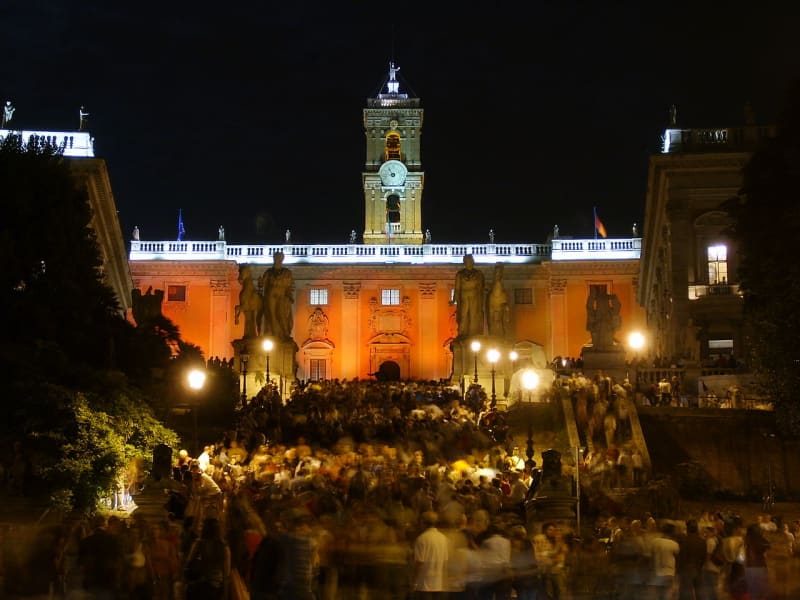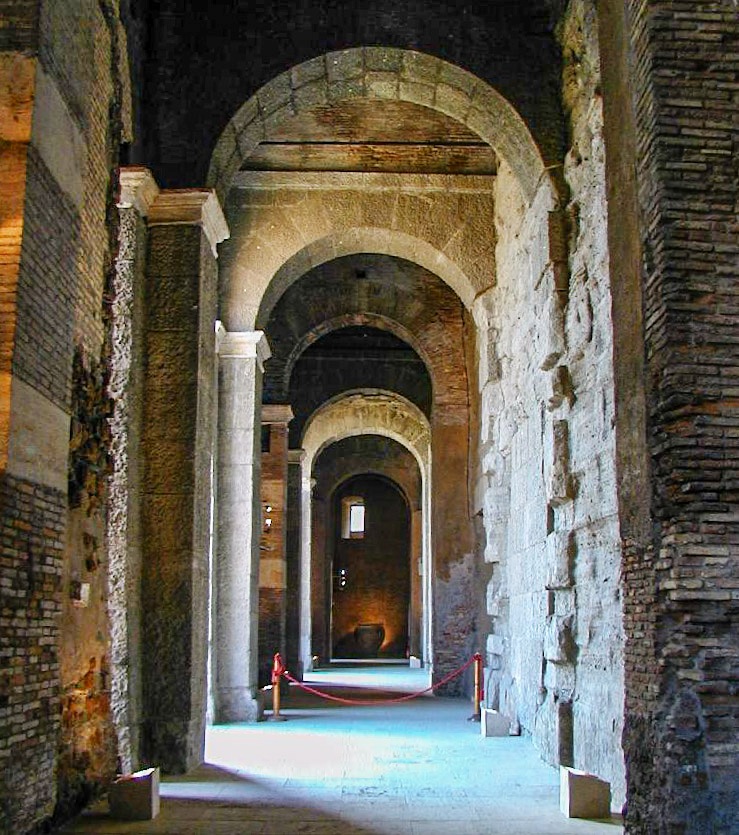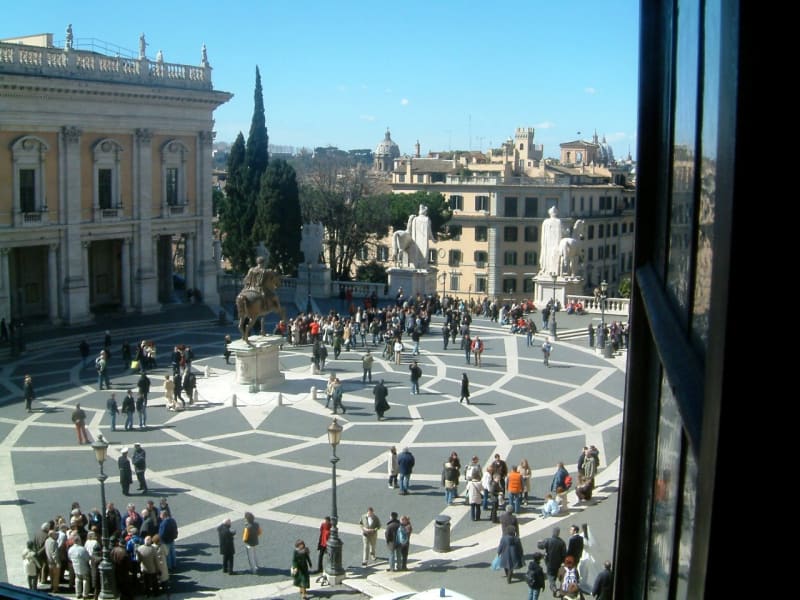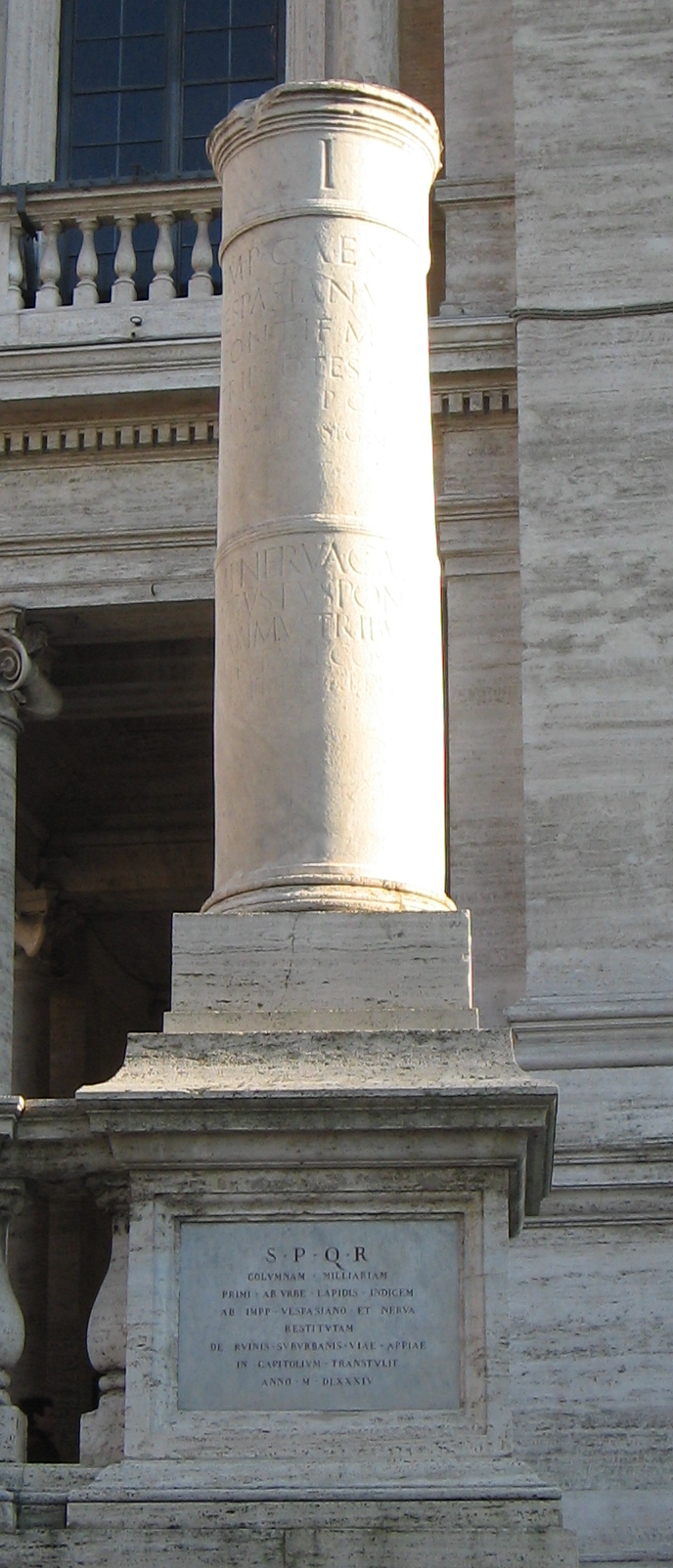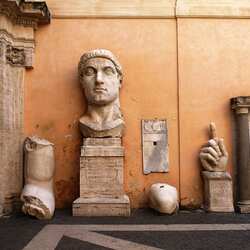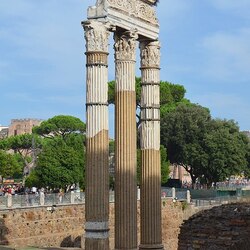Capitoline Hill of Rome
Rome's Capitoline Hill is one of the seven hills on which Ancient Rome originated. There was a Capitoline Temple on the Capitol, which was also called the Capitol, where the Senate and people's assemblies took place. On the hill is the Church of the Virgin Mary, a popular monument to Marcus Aurelius. In any weather, the flow of tourists to the Capitol does not stop.
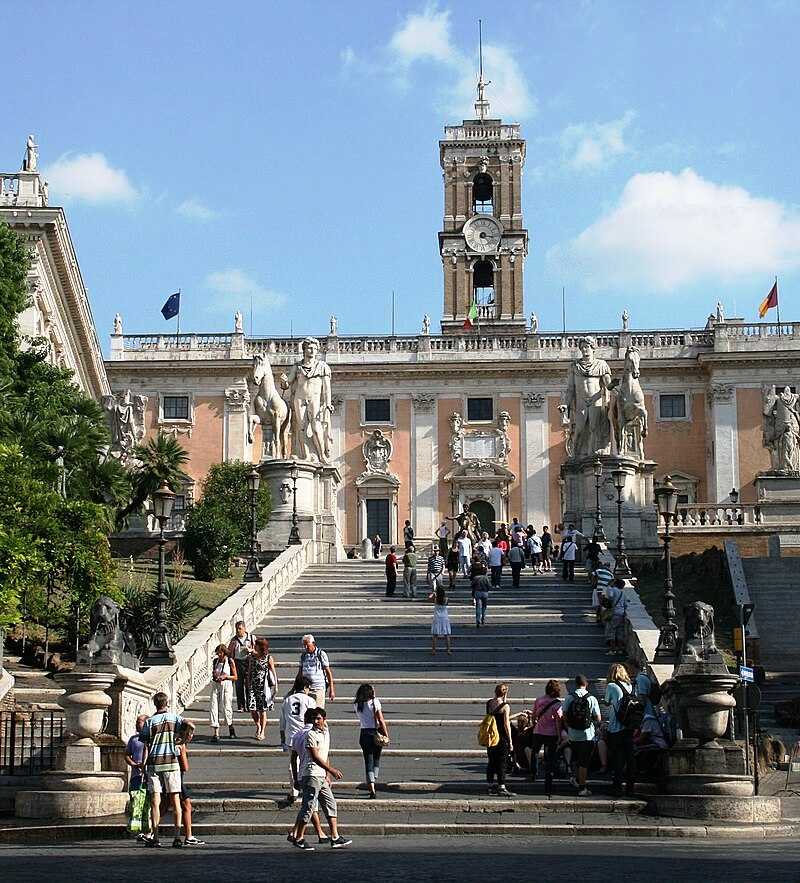
The History of Rome's Capitoline Hill
According to legend, Romulus chose this hill to create a new city and named it Rome. The Capitoline Temple was built at the beginning of the fifth century BC. The Senate worked here, sacrifices were made, and new laws were passed. The palace was built in honor of the gods: Minerva and Juno, Jupiter. The capital was not only the center of religion for the inhabitants, but also demonstrated the strength of the empire. The empire collapsed, and the Capitol was empty. There were times when the Capitoline Hill was a pasture, and new buildings were built on ancient ruins. Pontiff Paul III decided to revive Capitoline Hill. The restoration project was designed by Michelangelo on behalf of the Pope. Unfortunately, the master's untimely death did not bring all of Buonarroti's ideas to life. However, the maestro made the Capitol square trapezoidal. He built monumental palaces on three sides. In the middle, he built the Senate Palace. The Conservative Palace was built on the right, and the Palazzo Nuovo on the left.
Attractions
There is a lot to see on Rome's Capitoline Hill. Hundreds of thousands of travelers from all over the world come together for this purpose. Locals arrange meetings at the hill to spend their free time or discuss business issues. The most popular attractions of Rome's Capitoline Hill include:

- The Senators' Palace. The building was built in the first century BC. The building was used as an archival repository. During the transportation of the archive, the building was gradually destroyed. After the restoration of Capitoline Square, the palace shone again, and the city council moved its residence here, so not all the rooms were open to tourists.
- The Palace of Conservatives. The building was opened for Senate meetings in the fifteenth century. While the palace is open, you can visit the art gallery. It features works by Italian artists, paintings by Flemish and Spanish masters, and a collection of ancient Roman busts. There is a special room in the palace, which houses a large statue of the Capitoline Wolf. According to legend, she nursed the brothers who founded the Roman Empire.
- The ancient Roman insulae. It is an ancient building of great cultural and historical value. The insula was the prototype of the multi-storey building in which the Romans rented their houses. The building was built in the second century AD at the foot of the hill near the stairs to the Basilica of the Virgin Mary.
- The Basilica of the Virgin Mary. It was built on the site of the altar of the ancient Roman goddess Juno. Today, the miraculous icon of the Mother of God and the relics of the Holy Great Martyr Elena are kept here. Admission to the basilica is free. The museum is open every day of the week.
The Capitoline Hill of Rome is the smallest of all the hills of Rome, it rises near the southern shore of the Tiber, northwest of the Palatine Hill, above the forum located in the valley, up to 46 meters above sea level. Even those who have never been to Italy know about Rome's Capitoline Hill. Locals explain this by saying that people from all over the world are interested in history, and this can be called a reason for pride.
